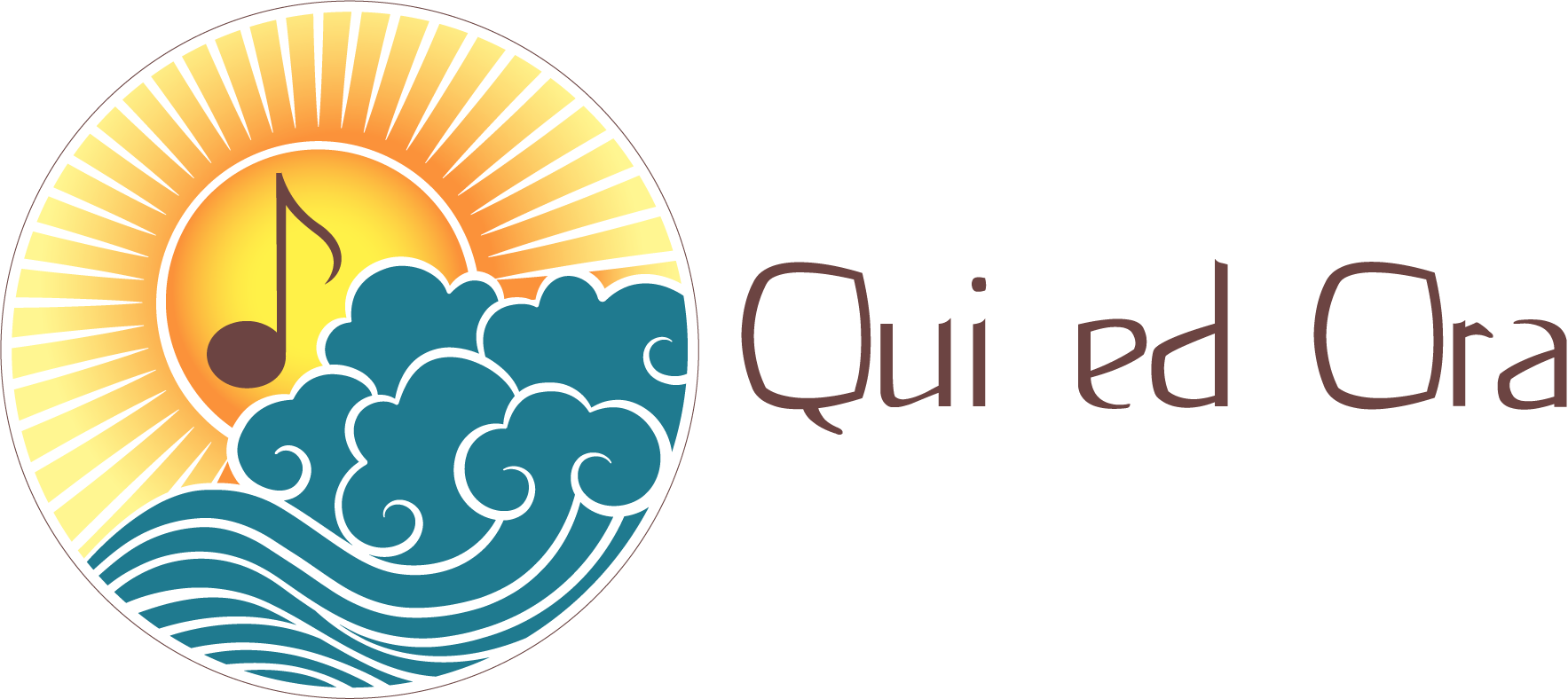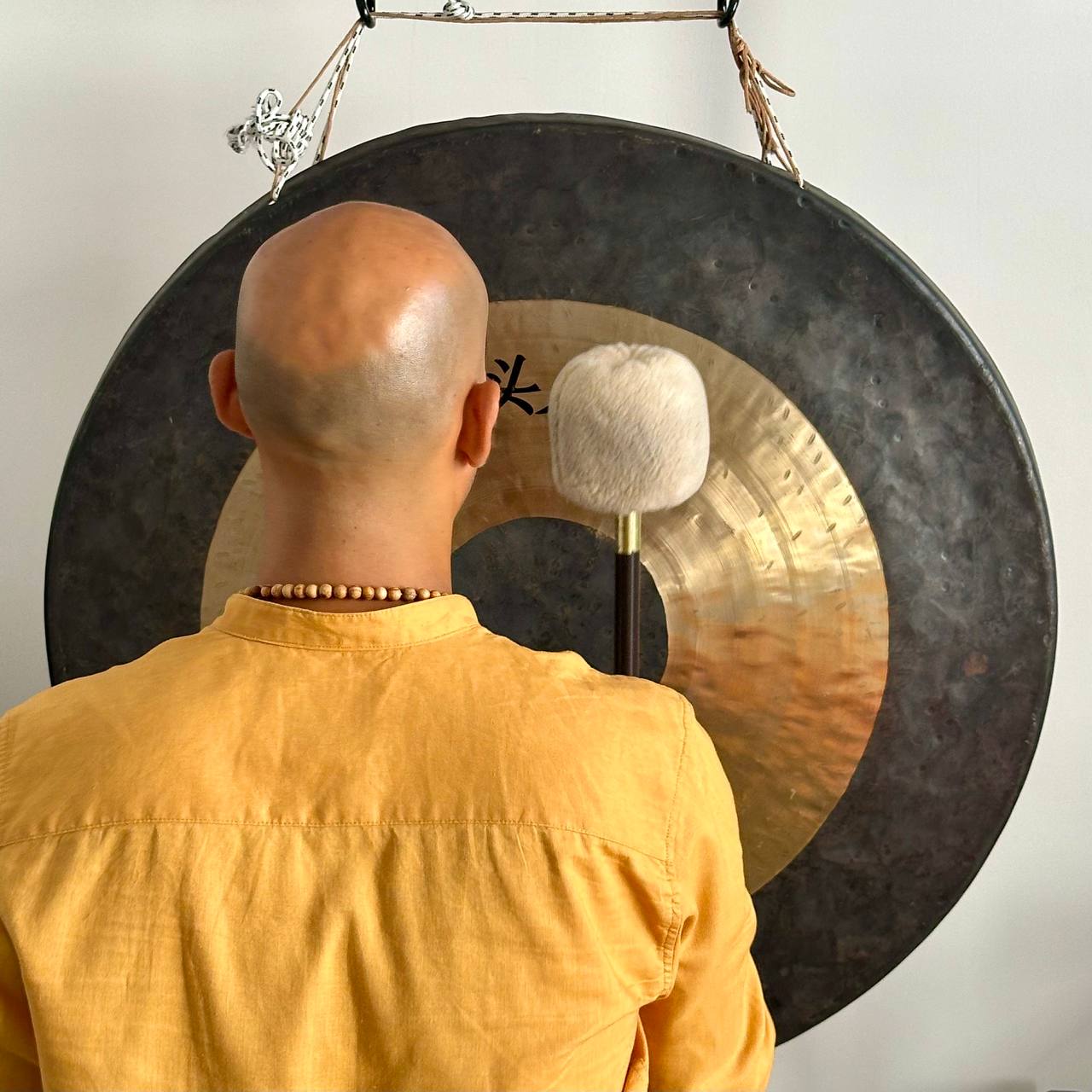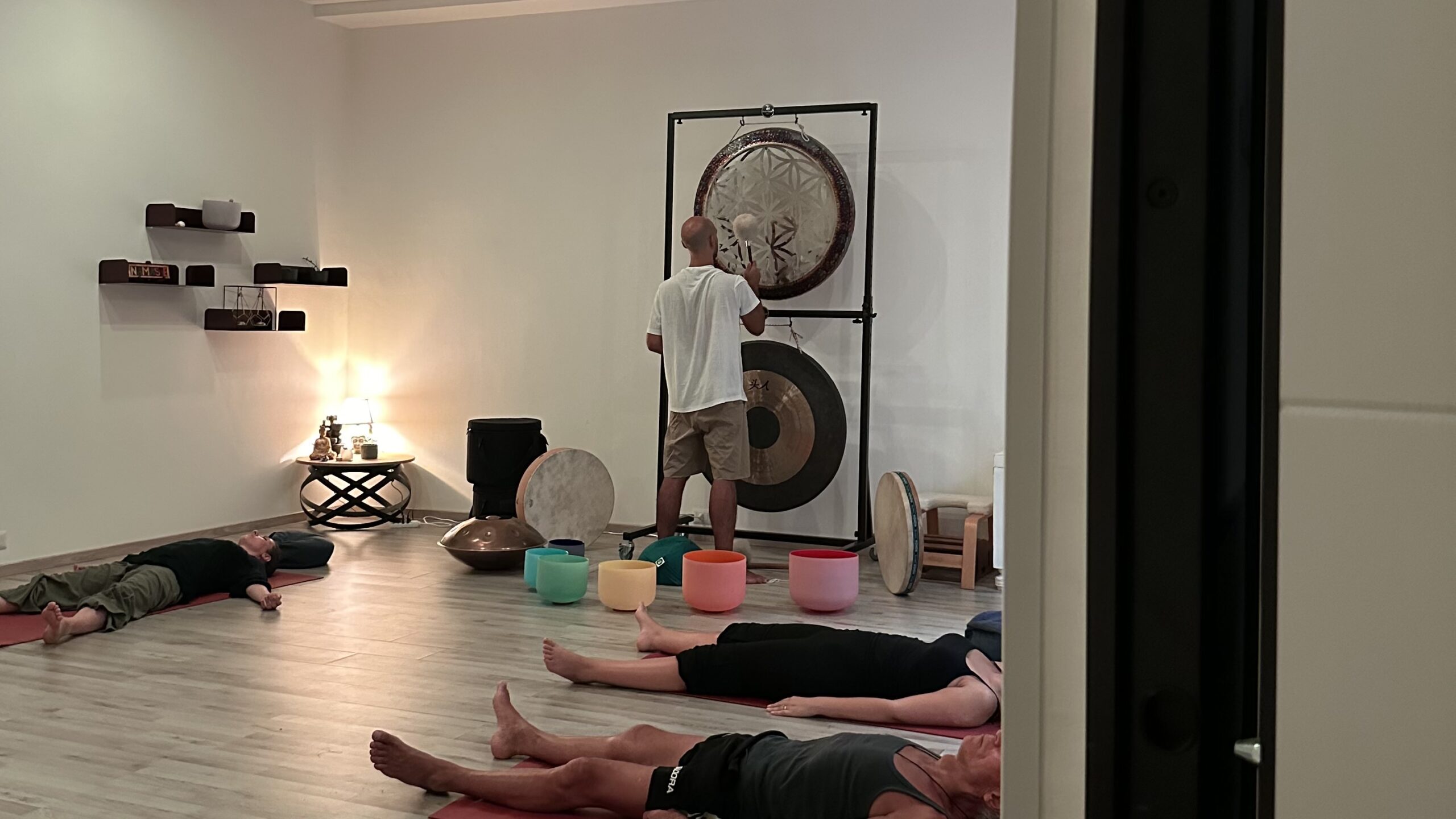Your cart is currently empty!
The Voice as Therapy
The use of the voice as a therapy tool dates back to the dawn of time, because man has always sung, even before speaking; the child learns to ‘ball’ before being able to articulate verbal language. The sound of his mother and father’s voice is what he learns to recognize before he is even born.
Sound memory anchors itself in the body and allows us to relive past joyful or unresolved situations of our existence. For this reason, work with the voice is rooted in the body and through contact with the breath it is possible to touch ancient muscular and emotional blocks, crystallized in physical, mental and psychological postures. The tensions accumulated in the skeletal-muscular structure can be dissolved and little by little the voice that has remained prisoner of ancient fears, pains and the inability to express itself to its potential is freed.
Through physical, energetic, vocal and theatrical practices, an increasingly subtle and attentive listening is developed to recognize one’s own forgotten sound, one’s own unknown voice which makes space and with listening the creative and expressive power of the voice and of whole person.
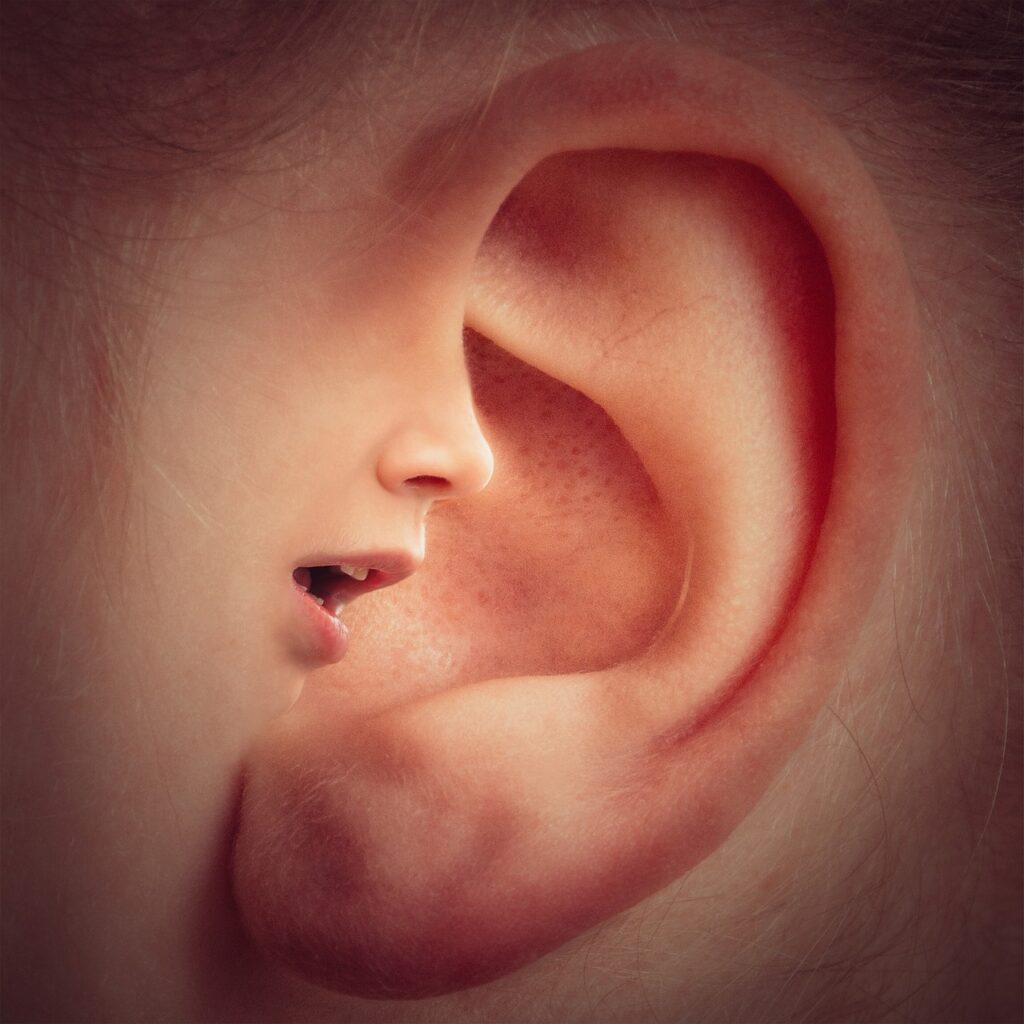
Work with the voice is therapeutic as it allows you to cross and overcome many pre-judgments, judgments before having had experience of yourself and others, of what is beautiful and what is ugly, right/wrong.
The voice that frees itself in a natural way, not technically set, allows new emotions and energies to emerge, freeing from ancient mandates introjected as strict rules to follow in one’s way of existing in the world.
The escape from these cages involves the whole person, with thoughts, emotions, physical postures and can lead to a real reversal of perspective, setting in motion new creative energies that can be channeled into a passion for singing or open the way towards other paths of creativity.
In Harmony mythology she is the daughter of Venus and Mars, that is, of opposites and by containing them within herself she merges them and overcomes them. Thus, through the voice the person encounters apparently irreconcilable internal worlds which, through the sound that passes from the breath, from the presence in the here and now, find a unique and specific form that expresses the person, not perfect according to some canon, but unique and unrepeatable and creative. of his music and his world.
“The voice is the music of the contact we have with ourselves and with those unfathomable depths that we hide within us”
J. Bonhomme, La Voix énergie
The throat, the breathing, the voice
The oral and respiratory systems on an emotional level are intimately connected. If you breathe well you express yourself at your best. Not only that: if you breathe well you don’t feel any real urgency, no rush in saying something. This saves us a lot of wasted breath unnecessarily.
But what relationship is there between the throat and the voice? In the Ayurvedic tradition, the throat chakra is called Vishudda chakra, which has to do with the complex ability to express oneself and listen. There are specific positions to stimulate this area and bring energy flow to the affected area.
The inhibition of the free expression of the voice and of one’s emotions and opinions leads to contractions of the neck and throat muscles.
If you are interested in learning about some of the most effective mental and physical relaxation techniques to release the healing power of the voice, click here
Breath as a predecessor of vocal sound for self-healing
The science of breathing, called pranayama in the Hindu tradition, is the basis of many spiritual practices and studies, including that of yoga. There are in fact many different schools of thought on the correct way to breathe – through the nose, mouth or a combination of the two.
Regardless of the way you breathe, I would suggest trying to get your breath as deep into your lungs as possible, this technique is called diaphragmatic breathing (also known as abdominal or ventral breathing).
Breathing with your diaphragm – that part of your body just below your rib cage – means that as you inhale, feel your belly expand… and as you exhale, feel it relax.
The healing power of the voice
You can make very powerful vocal sounds that have extraordinary self-transforming and healing qualities. It may not be pleasant or fun for someone else, but that’s not the point. Below we explore one of the most effective techniques for using our voice as a tool for resonance and healing.
Humming
Humming is a technique that conveys a universal meaning, without distinction of language, culture and tradition.
It consists of intoning a note with the mouth completely closed, attaching the tongue to the roof of the mouth, concentrating the sound totally inwards. Some consider it the sound massage par excellence. From your internal organs (including the brain) to your muscles and even your nervous system: the sound that is generated really goes nowhere else but inside us. And this is where its greatest strength lies as a sound resonator of our bodies.
If you want to experiment for a moment, do a humming of medium intensity (perhaps the only suggestion for “correct” humming is not to tighten your lips and mouth too much) and then close your nostrils. The sound should stop, because to make a sound you must force your nasal cavity to resonate. If you have closed your nostrils and still hear a buzz, it means that your lips are not closed. As soon as the air (and sound) is able to escape from the mouth, part of the internal vibratory power (i.e. the vibroacoustic capacity) of the humming is diminished. And we want our humming to be as powerful and resonant as possible!
Because humming is the most inwardly directed of all sounds, as noted, many believe it is the most powerful for creating an “internal massage” of your body. Don Campbell, author of numerous books on the healing power of sound, including The Roar of Silence, was a great advocate of humming. It is extremely therapeutic and healing, useful for relaxation, reducing stress, improving blood flow and relieving pain.
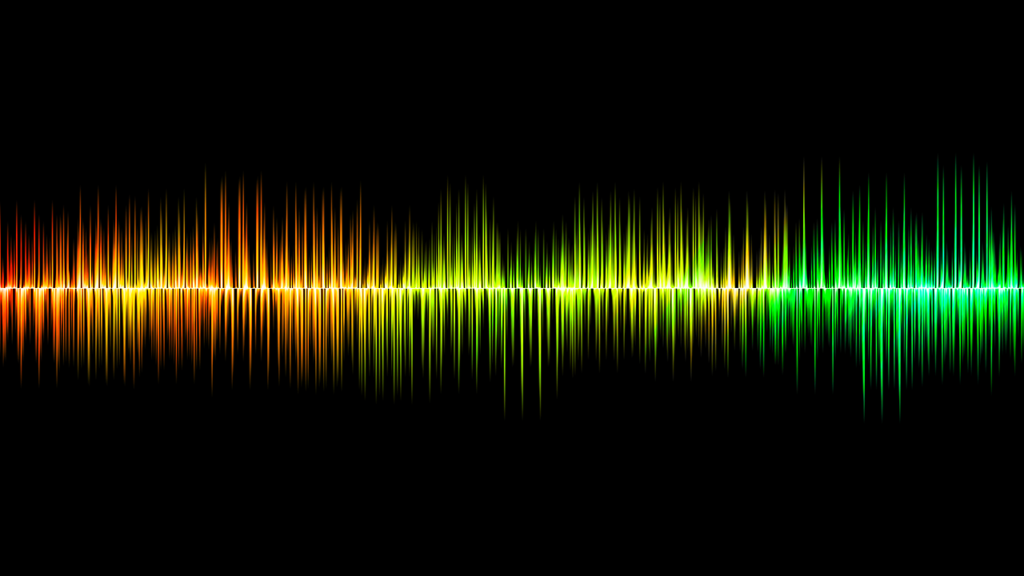
Much of the scientific data on the therapeutic effects of our voice (humming, as well as intoning all vowel sounds) points to some important physiological benefits. They include:
- Increased oxygen in cells
- Lowering of blood pressure and heart rate
- Increased lymphatic circulation
- Increased melatonin levels
- Reduction in levels of stress-related hormones
- Release of endorphins – self-created opiates that work as natural painkillers
- Increased production of interleukin-L, a protein associated with blood and immune function
- Increased levels of nitric oxide (NO), a molecule associated with promoting healing
- Release of oxytocin, the trust hormone
One of the most amazing things about humming as a healing tool is that it can be almost imperceptible, at least to others. So you can hum, creating a powerful resonance for yourself (and perhaps triggering beneficial chemical reactions), and no one will know.
Humming is something everyone can do, and does. The more we work with humming consciously, the more we are able to control the resonance we self-create so as to be able to project the vibration into the desired areas.
While humming it is important to maintain a correct posture, with a straight back (not rigid) and the chin slightly turned downwards in order to let the vibration flow correctly.
Rebalance your voice with humming and toning techniques in this guided meditation:
The healing power of the voice: A tool to get in touch with emotions
The voice, therefore, the sound background on which the river of words will then flow, in figure, reveals the scenario on which the person’s emotions rest, it is an interior, an intimate tone that expresses itself, vibrating in the here and now of temporality; the nature of the vibration also allows us to outline its physical-corporeal contours: the quality of the voice does not only depend on the type of person from which it comes, but also on his physical constitution, i.e. the phonation organs, the posture, the bone system, hearing and breathing capacity. The so-called “grain of the voice” (Barthes) is interwoven by multiple factors, both physical and psychic.
The more the person is in contact with his emotions, the more they will become immediately audible through the modulation of his voice and will configure the air flow, giving it consistency and shape. It is the quality of the vibration of that voice, which connects the listener with his internal world. “Entering” a voice and therefore being able to grasp its emotional core allows you to discover the secret of the word and its unique and peculiar vibration. Indeed
“Whoever speaks with conscience makes the word vibrate and makes its pre-linguistic sense audible. The word then takes on all its flavor and becomes touching, it becomes a verb and becomes the one who no longer addresses the intellect, but the heart”
Becoming aware of these factors and how significant they are for an art-therapeutic approach to the voice will allow the person to facilitate the opening of internal spaces that have been closed for some time and, thanks to the voice, to fill those emotional “holes” made aphasic by blocks and resistances.


